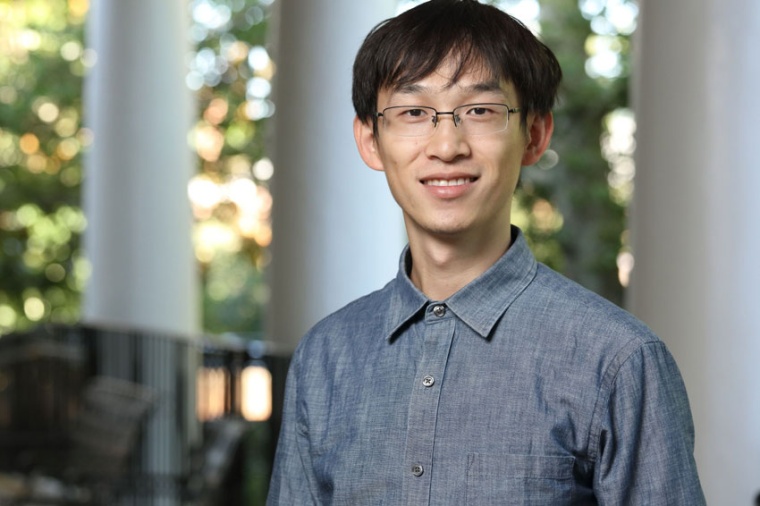Bringing quantum computing to light
Funding award for generation and detection of large-scale quantum entanglement on an integrated photonic chip.
The University of Virginia’s associate professor Xu Yi received a 550,000 dollar National Science Foundation Career Award to explore the use of quantum optical technology to try to solve the problems of scalability and error resilience.

Recent developments like quantum-computing-friendly hardware and advanced algorithms have made hefty contributions toward the feasibility of quantum computing, but the technology is still considered emergent. Two problems must be solved to access the full power and viability of quantum computing: increasing scalability and maintaining stability – or accuracy – at scale.
While quantum computing front-runners like IBM and Google are using superconducting circuits as processors to manipulate and store quantum information, the metal materials used for constructing these components offer too many opportunities for error in computations. Wrangling qubits, the building blocks of quantum information, relies on managing quantum aspects like probability and entanglement, which is much more difficult than managing the ones and zeros of traditional computing. Because of these challenges, scaling quantum computing with semiconductor technology has been extremely slow going.
That’s why Yi aims to leverage photons to greatly reduce the number of physical components needed for quantum operations. His work uses optical components that can each support hundreds of thousands of wavelength messages – a far cry from the one-to-one requirement of semiconductors. With fewer components, Yi’s system greatly reduces opportunities for error while offering a vehicle for scaling.
Photonic quantum computing was first developed at UVA by physics professor Oliver Pfister on a tabletop more than ten years ago using different wave colors in quantum mechanics. He has shown he can entangle up to 3,000 different photonic qubits – technically called modes – together.
Creating a usable photonic quantum method means reducing all the photonic mechanical equipment from a tabletop to the size of a chip. When Yi can prove the same entanglement capability at chip scale that Pfister proved at tabletop scale, he’ll start controlling the wavelengths for computations and then expand and scale.











